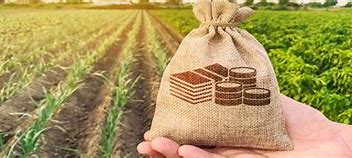Infrastructure hurdles are second greatest risk; low-carbon agriculture comes in third place
01/11/2023

An EY survey with agribusiness executives in Brazil, Argentina, and Chile showed that climate change and its short and long-term impacts are the main risks they see for their businesses. The study listed the top ten risks and opportunities that agribusiness executives face in their businesses.
According to the survey, 47% of the executives and investors consulted might reconsider their investments based on climate risks. And for 82% of those consulted, climate change represents a “high” risk to their businesses.
EY divided the risks to agribusiness associated with climate change into six types, with different weights. Contrary to what many industry leaders say, reputational risk is one of the lowest, accounting for 12% of the risks related to the problem. The biggest risk in the list is “acute,” such as abrupt changes in precipitation and temperatures, and extreme weather such as droughts and storms.
EY survey sees political and legal risks at 19% of the total risk. They relate to enhanced disclosure obligations for greenhouse gas emissions, exposure to litigation, rising emissions prices, and existing product mandates or regulations. At the same level (19%) are technology risks, which involve the costs of transitioning to a lower emissions model of production and services, and unsuccessful investments in new technologies.
Difficulties in accessing markets were seen as 15% of the risks related to climate change. They involve changing consumer behavior, increasingly unwilling to consume products with high emissions footprint, as well as rising costs of raw materials with higher carbon footprint and uncertainties in market signals.
Reputational risks are seen as 15% of climate change-related risks, as are chronic risks (15%) involving long-term changes in average precipitation levels and temperatures, biodiversity loss, and sea level rise.
After climate change, respondents from agribusiness companies understand that the second greatest risk is infrastructure hurdles, with inadequate roads, concentration on road transport, and static capacity limitations.
The third most cited aspect by respondents is an opportunity: low-carbon agriculture.
Next, were cited issues related to increasing productivity, cost management, and asset management; restrictions on the use of agrochemicals and pesticides; issues of ethics, compliance, and control; government interventions, regulatory changes, and reforms; shortage of skilled labor and implementation of an agile and innovative culture; financial profitability, currency volatility management, and margins; and finally, professionalization and evolution of the governance and succession model.
*By Camila Souza Ramos — São Paulo
Source: Valor International
